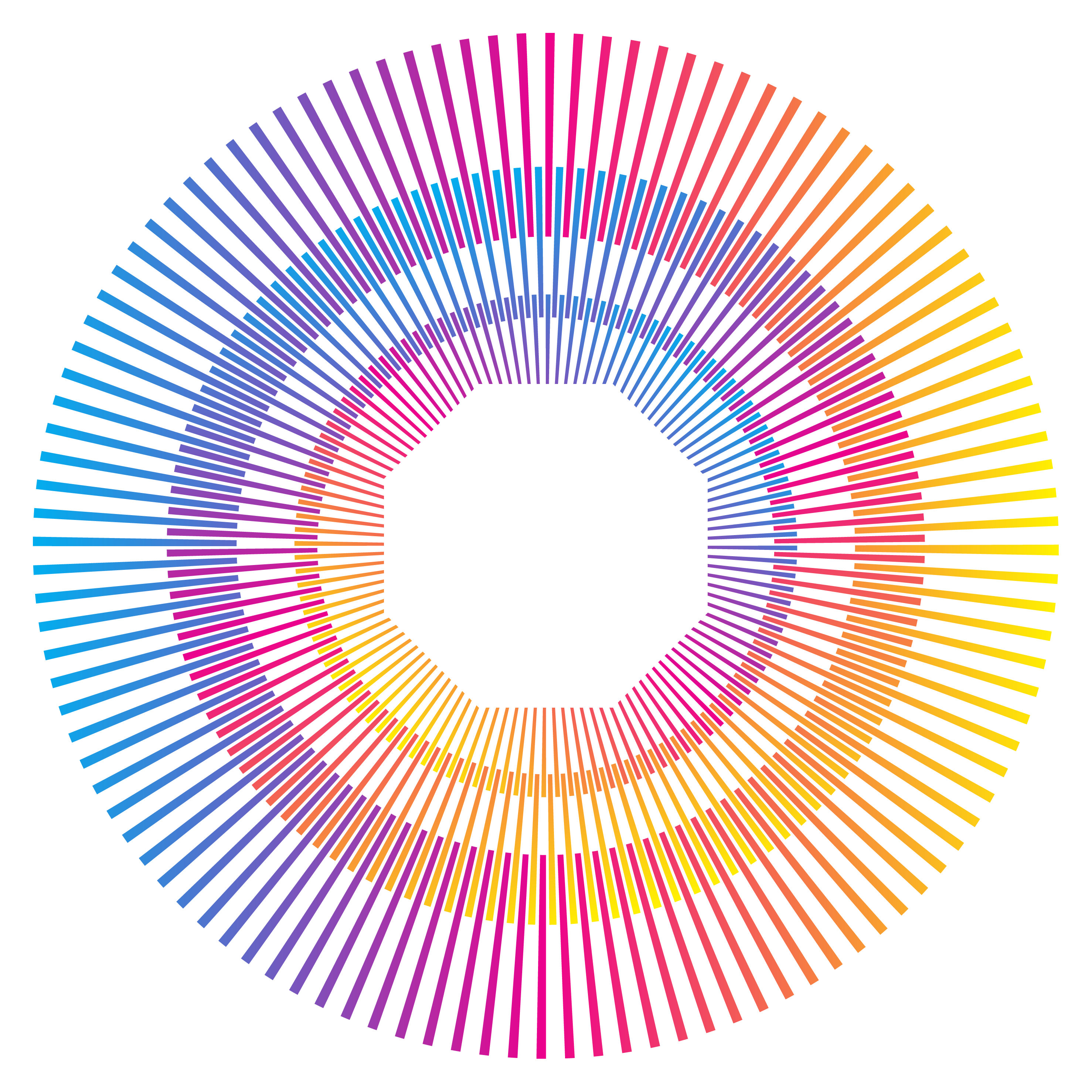
Captivating narratives, stunning visuals and life-like character interaction: Artificial intelligence (AI) is disrupting traditional content creation and delivery.

Leading AI and computer-vision researcher Dr. Hao Li will dive into the cutting-edge world of generative AI during his keynote presentation at the opening session of the 2024 NAB Broadcast Engineering and IT (BEIT) Conference, April 13 – 16 at the Las Vegas Convention Center. Register here to attend.
Dr. Li is the CEO and co-founder of Pinscreen, a Los Angeles-based startup that builds advanced AI-driven virtual avatars, as well as associate professor of computer vision at Mohamed Bin Zayed University of Artificial Intelligence (MBZUAI) in Abu Dhabi.
In his presentation, Dr. Li will peel back the layers of generative AI for production – including the latest advancements in AI lip sync technology, face swap and de-aging, as well as the future potential of AI technology.
Dr. Li will present “Generative AI for Content Production: From Storytelling to Visual Effects, AI Lip Sync, and Beyond” on Saturday, April 13 at 10 a.m. at the NAB BEIT Conference Opening Session. Register here to attend.
“Dr. Li’s insights into how AI is shaping the future of content delivery will be invaluable to conference attendees,” says John Clark, senior vice president, NAB Emerging Technology and executive director, PILOT.
“This high-energy conference kickoff lays the groundwork for over 70 presentations and panels that will explore the rapidly changing media technology landscape.”
The NAB BEIT Conference will focus on the future of content delivery, next-generation systems and the opportunities and challenges at hand throughout its 70+ sessions. The conference’s forward-looking focus is designed for broadcast engineers and technicians, media technology managers, broadcast equipment manufacturers and R&D engineers. Key sessions include:
- Government and Industry Collaboration on Broadcast Positioning System (BPS): A panel discussion on how the Broadcast Positioning System (BPS) focuses on authenticated UTC Time signal, GPS timing threats and the progress of NAB’s BPS project.
- ATSC 3.0 Topics: Presentations include a look at challenges, new technology and research and implementation and differences of NextGen TV.
- Cybersecurity for Broadcasters: Explore strategies for protecting media assets and maintaining secure connectivity in live distributed production, discuss the convergence of artificial intelligence, cybersecurity and broadcasting as technological milestones and take a look at the fight against piracy.
- Generative AI for Media: These presentations include recent advancements in transcription, translation and re-voicing, their ethical implications for media editing, the application of generative AI to leagues and media organizations and using AI to manage title versions and achieve global distribution requirements.
- Emerging Technologies in Media Delivery: Delve into boosting multilingual broadcasting with AI/ML, monitoring enhancement strategies for elevated global content integrity and examining how private 5G networks challenge traditional Wi-Fi and public 5G for video streaming and wireless connectivity dominance.
- Panels on AI in Media: These sessions look at the groundwork being laid to enable AI to perform basic interoperability between services and vendors, as well as how AI can offer solutions to multilingual broadcasting.
- Radio Topics covering Visual Content, Remote Audio Operations and the Air Chain: These broadcast radio-focused presentations discuss the adoption of enhanced screens in cars increasing listener engagement and new revenue opportunities, exploring how latency can be divided into layers in light of the significant delays brought by remote and cloud production, and the challenges with AM and FM radio that impact not only audio quality but PPM encodability.
- Four partner sessions: IEEE: BTS, NABA, SBE, and SCTE.

